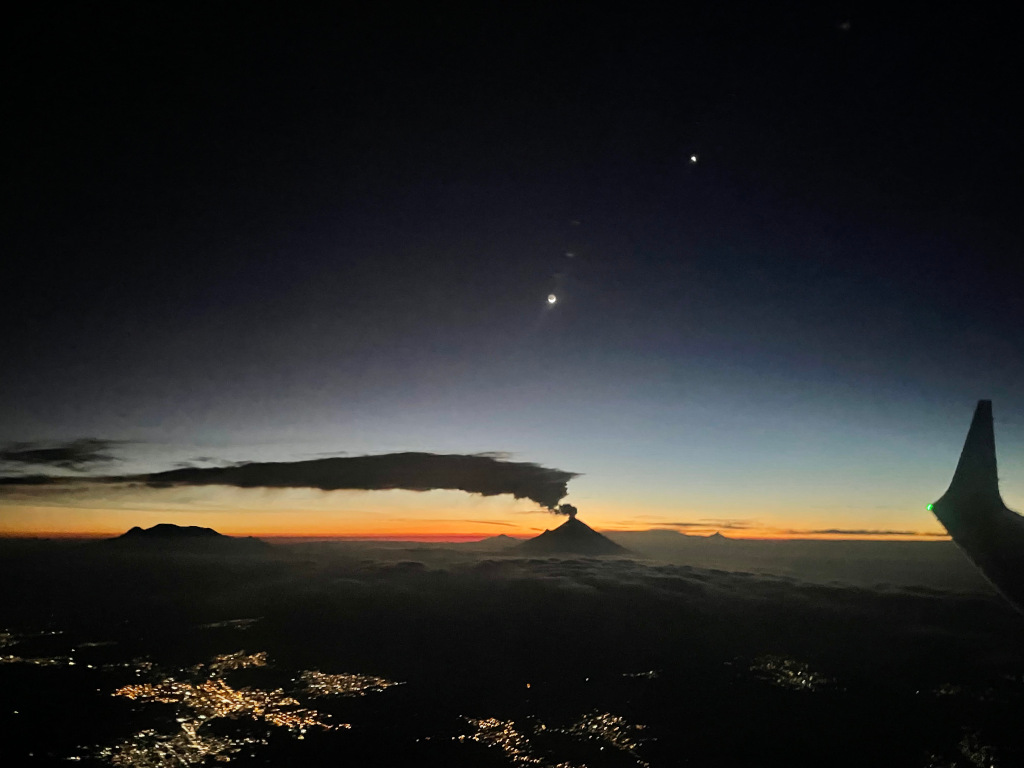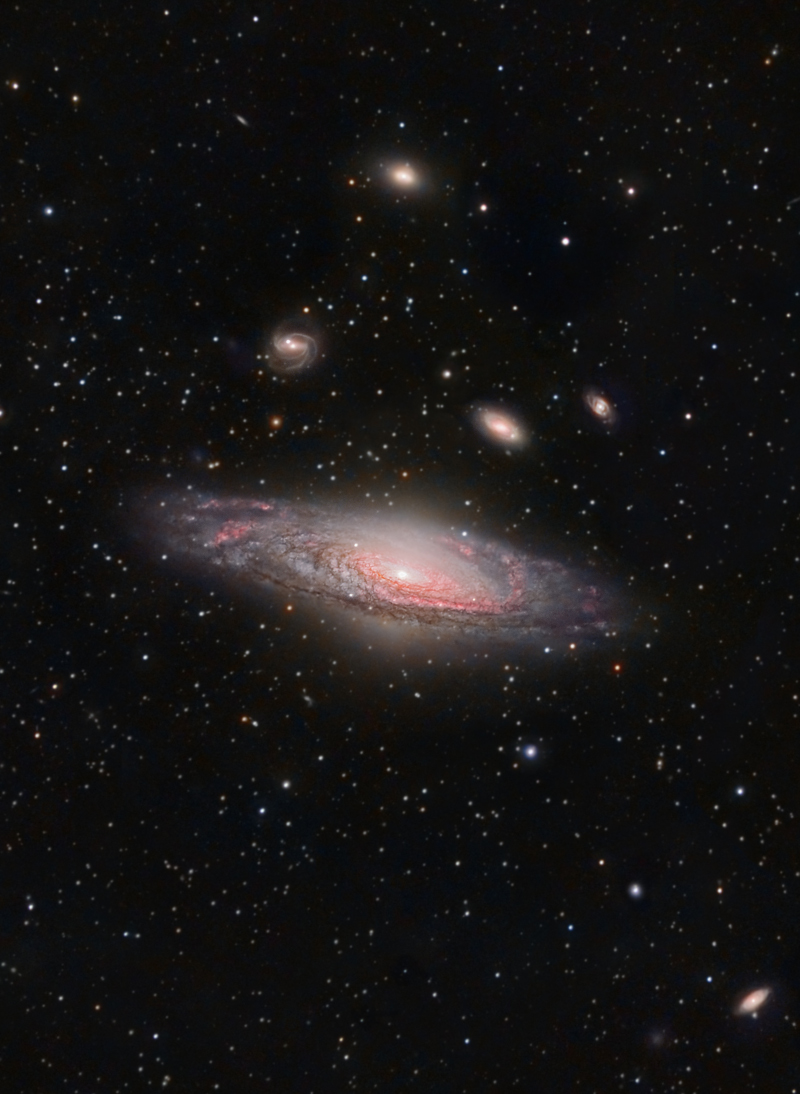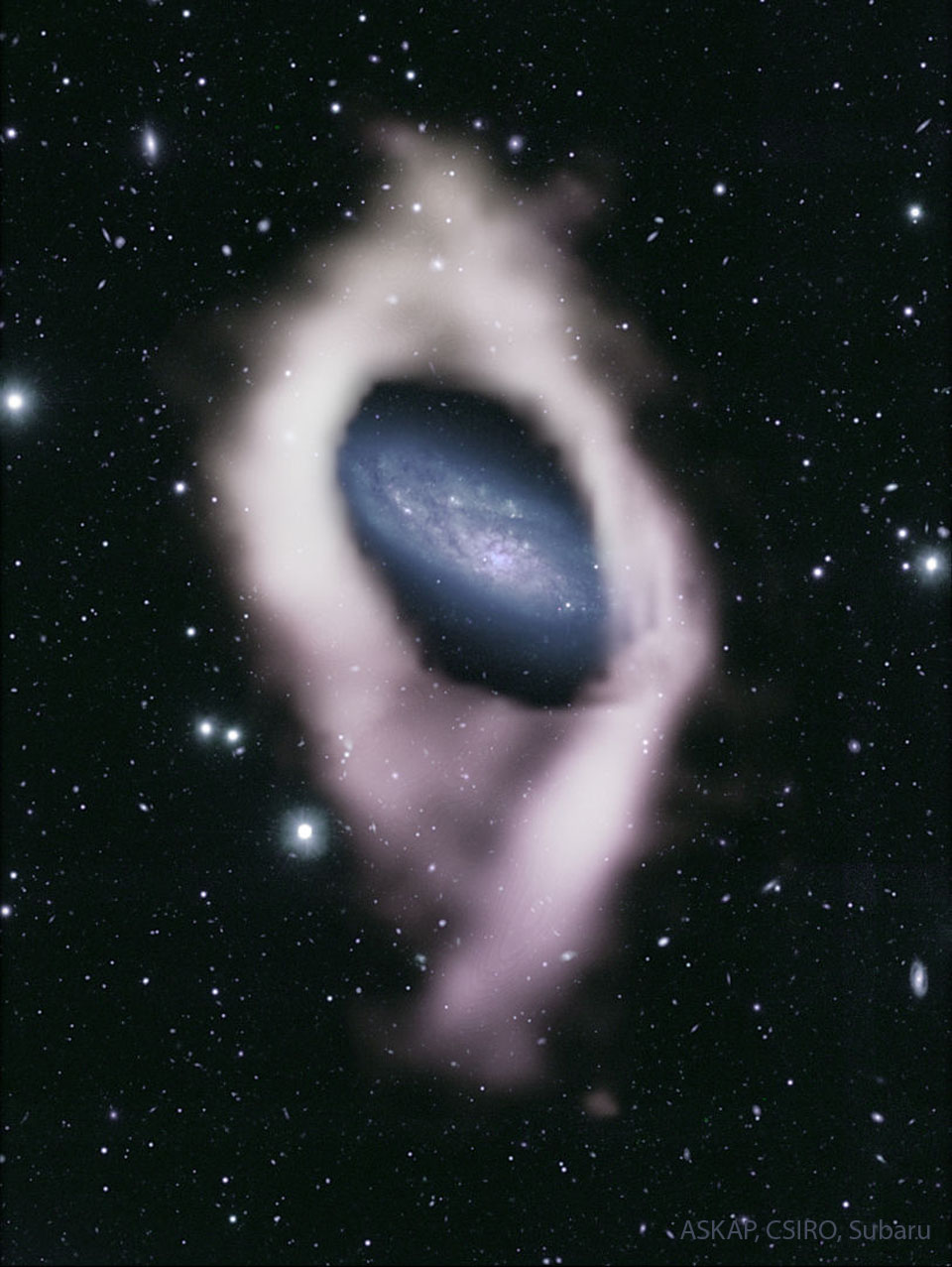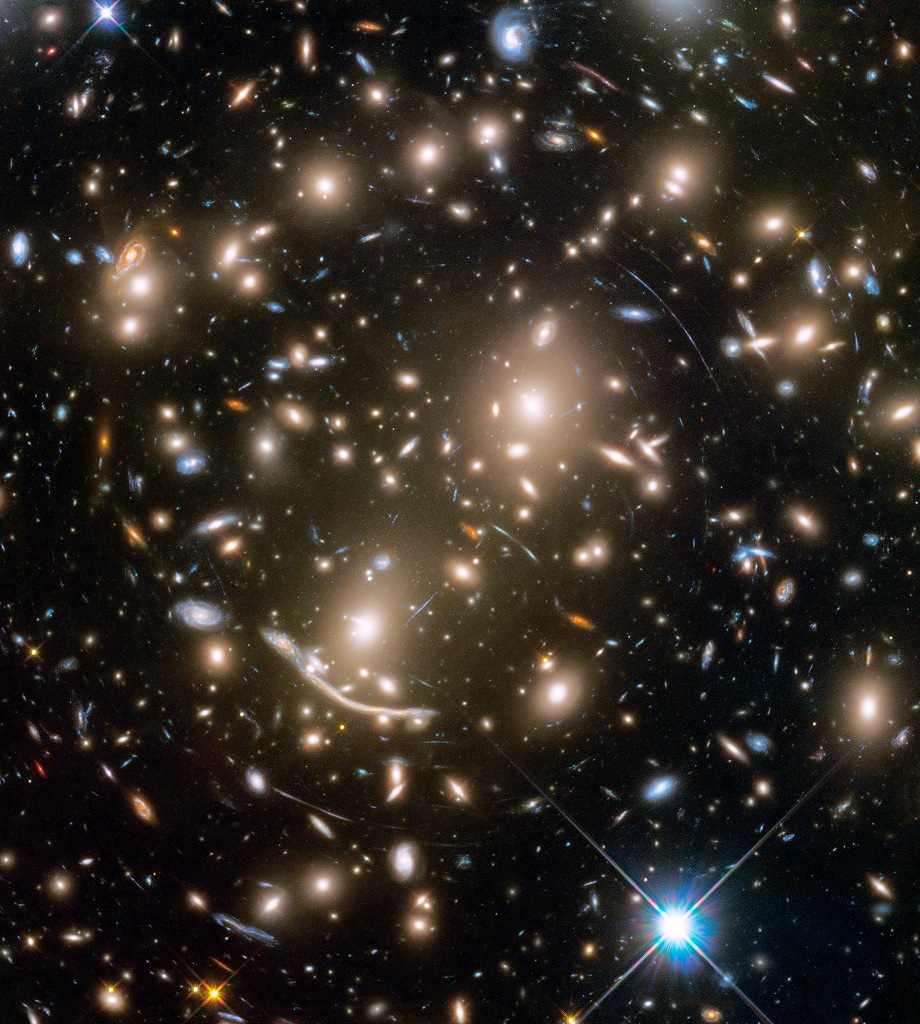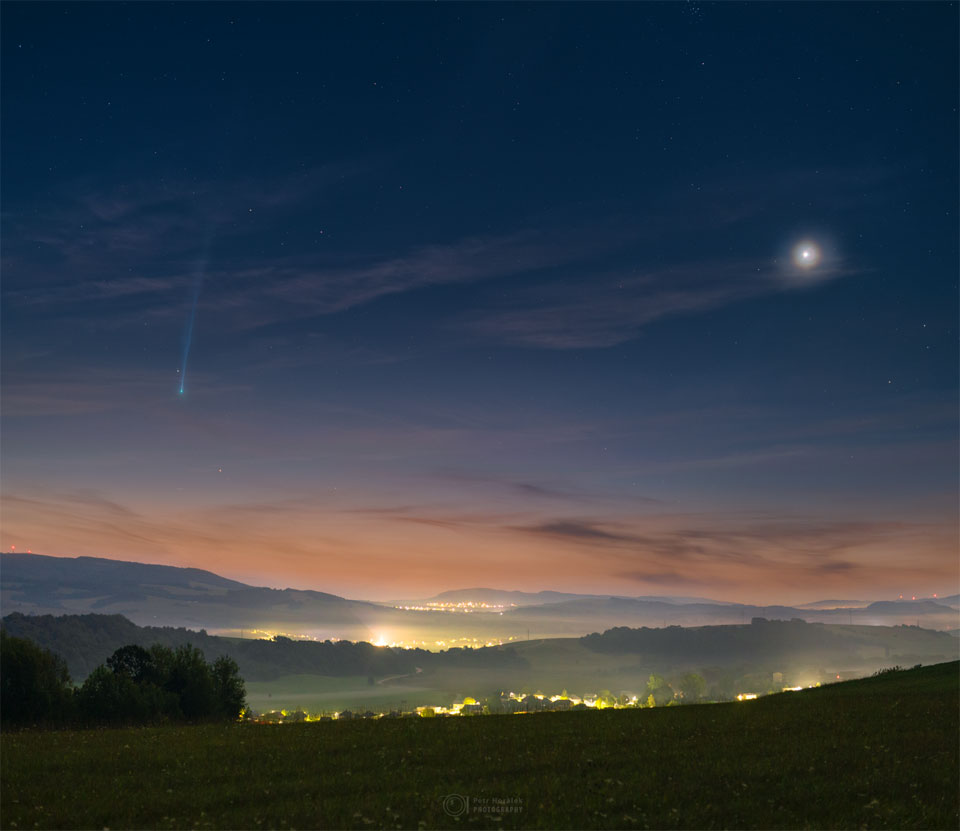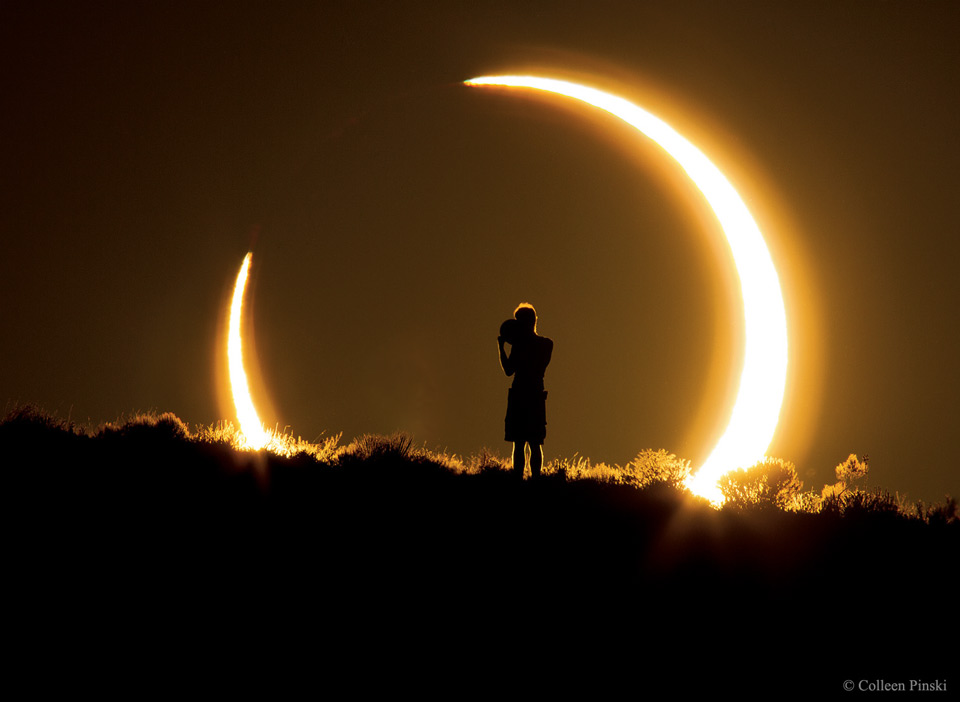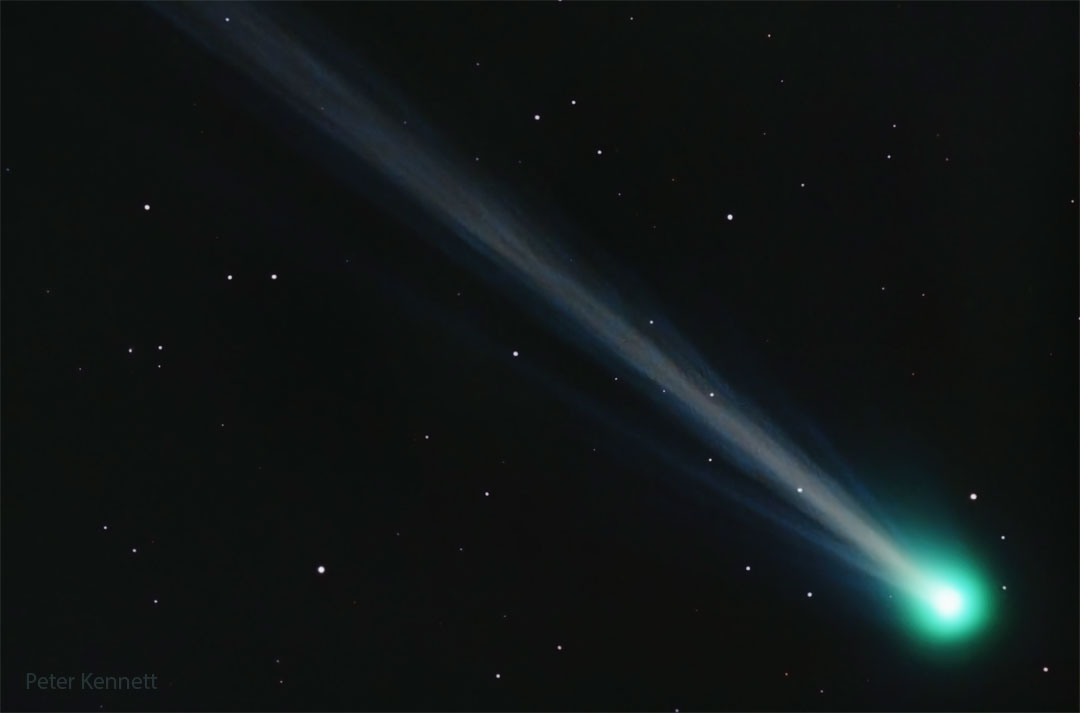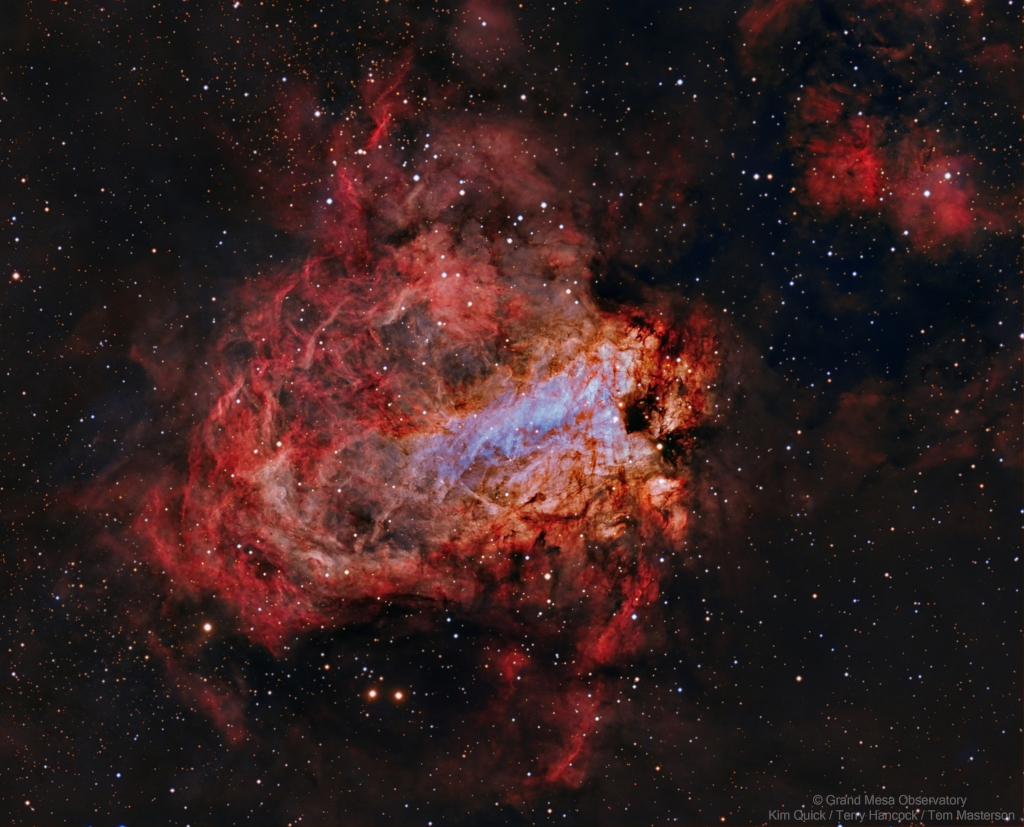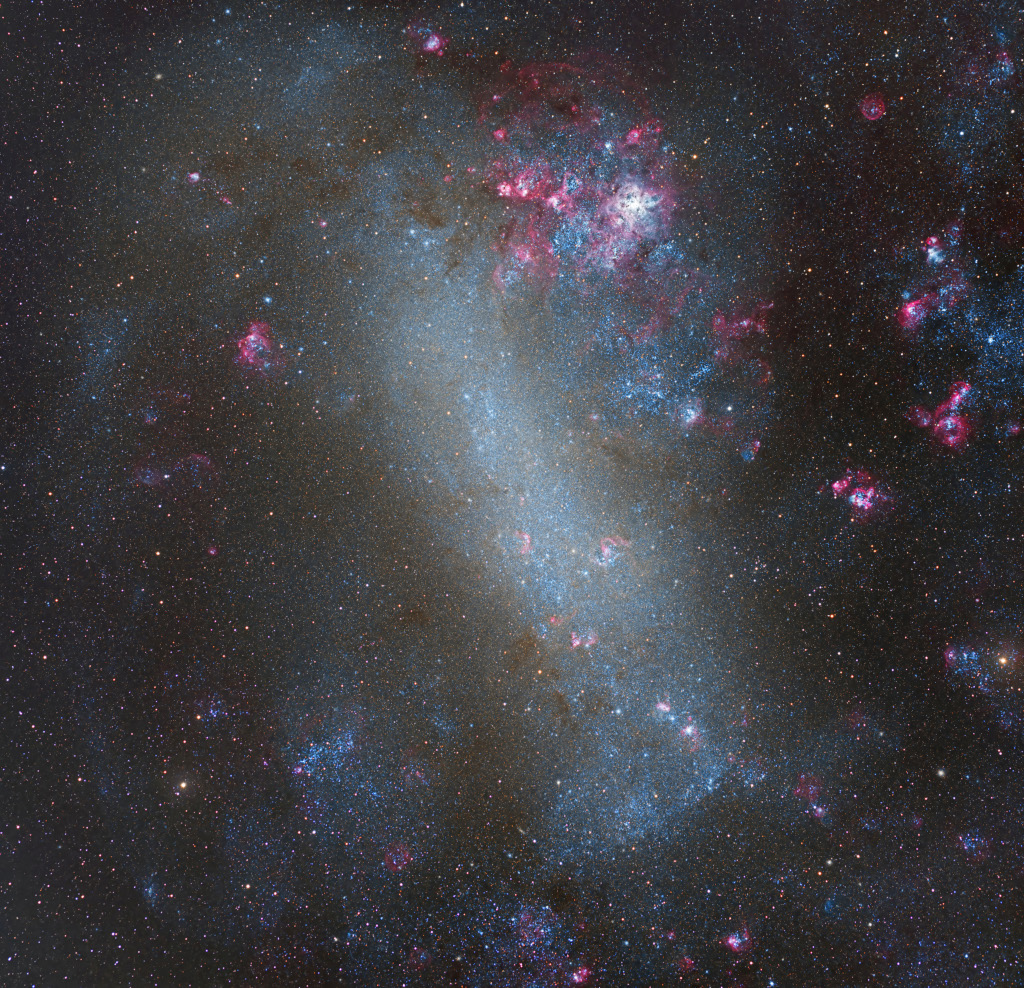안녕하세요, 잡학다식 입니다. 오늘은 과연 나사에서 어떤 방식으로 우주의 형상을 표현해 줄까요?
우선 이미지부터 볼 수 있도록 하겠습니다
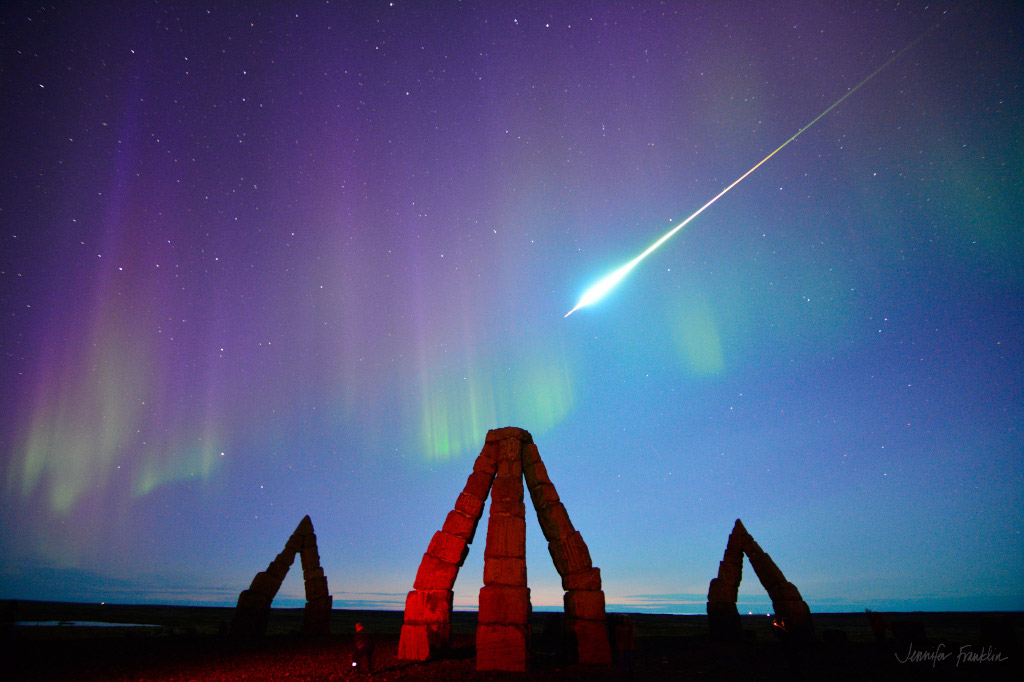
해당 사진의 이름은 Fireball over Iceland 인데요 우선 NASA에서 공식적으로 발표한 설명들을 확인해 보겠습니다
On September 12, from a location just south of the Arctic Circle, stones of Iceland's modern Arctic Henge point skyward in this startling scene. Entertaining an intrepid group of aurora hunters during a geomagnetic storm, alluring northern lights dance across the darkened sky when a stunning fireball meteor explodes. Awestruck, the camera-equipped skygazers captured video and still images of the boreal bolide, at its peak about as bright as a full moon. Though quickly fading from view, the fireball left a lingering visible trail or persistent train. The wraith-like trail was seen for minutes wafting in the upper atmosphere at altitudes of 60 to 90 kilometers along with the auroral glow.
이번에도 광활한 우주 앞에 인간이 얼마나 작은 존재인지 다시 한번 알게 되는것 같습니다
저는 내일도 더 좋은 사진과 함께 돌아오겠습니다, 그럼 행목한 하루 되시길 바랍니다
'과학상식' 카테고리의 다른 글
| NASA 나사의 오늘의 이미지들 (2023-09-18) (0) | 2023.09.19 |
|---|---|
| NASA 나사의 오늘의 이미지들 (2023-09-17) (0) | 2023.09.18 |
| NASA 나사의 오늘의 이미지들 (2023-09-15) (0) | 2023.09.16 |
| NASA 나사의 오늘의 이미지들 (2023-09-14) (0) | 2023.09.15 |
| NASA 나사의 오늘의 이미지들 (2023-09-13) (0) | 2023.09.14 |
